With the final tests of the ground unit a success it was time to move it over to a proper PCB/enclosure like the air unit I did previously. EXACTLY like the air unit actually...
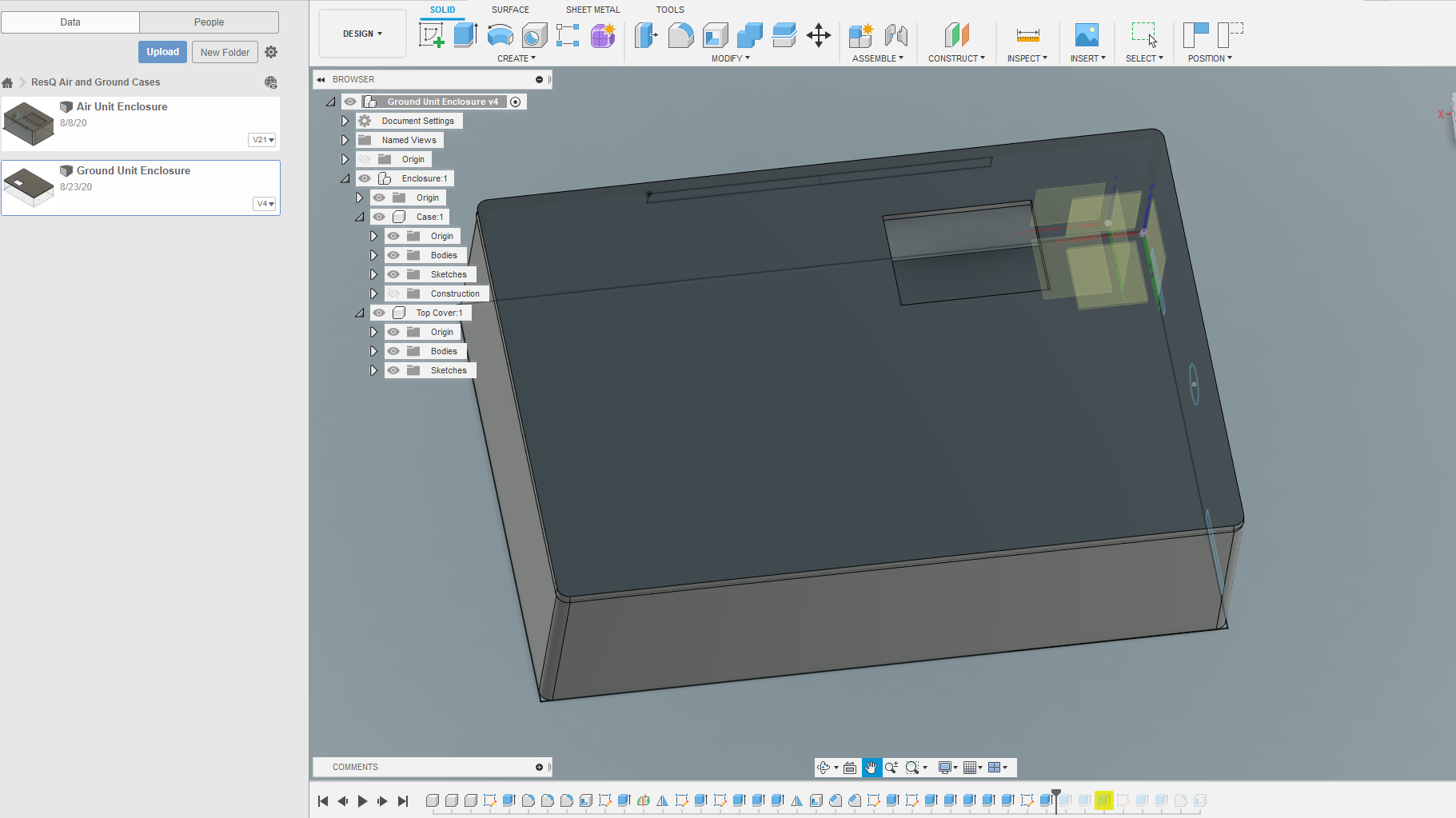
When I designed this project I decided early on that I wanted the air and ground unit to have the exact same hardware. The only difference would be the enclosure (bigger on the ground unit to contain its' own battery) and the external antenna (yagi on ground unit, small omni on the air unit to minimize weight)
Using the V1.1 PCBs I already had made I assembled the first proper ground unit while grabbing photos along the way for me to make an assembly guide doc (I will make a few kits available of this project to hopefully support making an all-in-one PCB solution/product someday). FUN :)
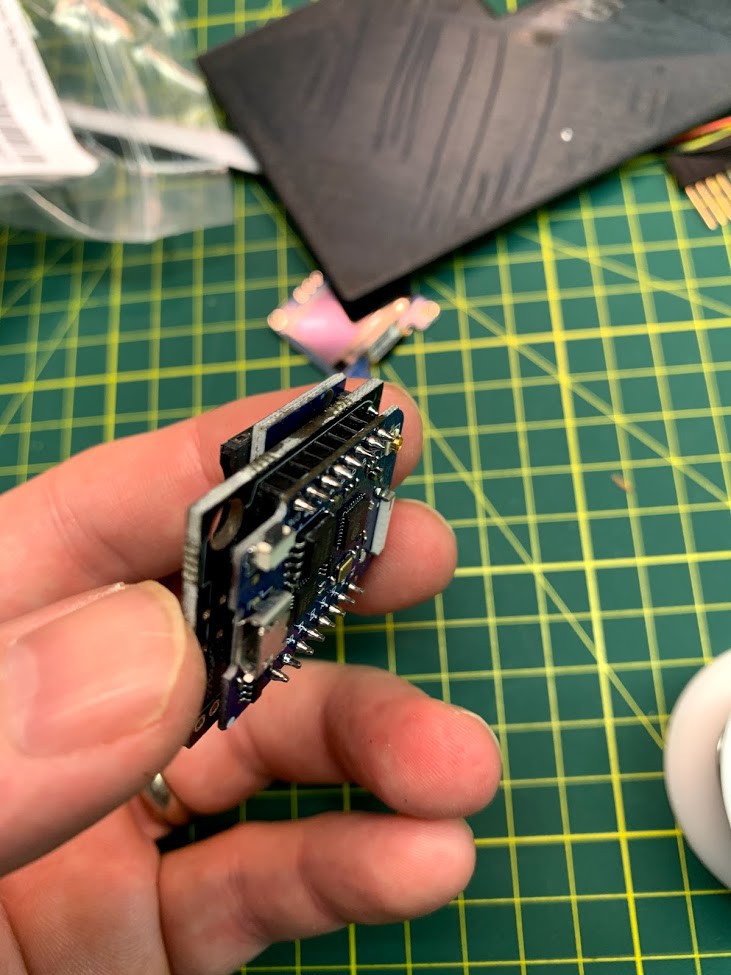
I of course forgot that most OLEDS have GND and VCC reversed to my board and hooked it up backwards AGAIN. V2.xx PCBs will correct this and align with the seemingly far more common OLED pinouts.
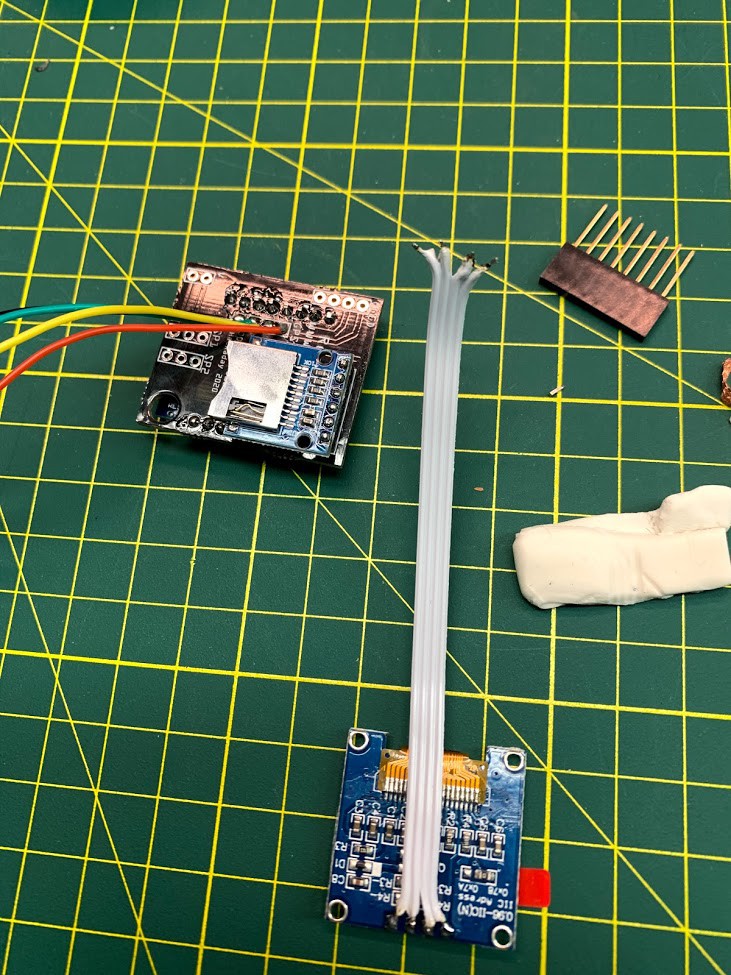
Oddly I had yet more problems during testing, again related to the SD card. This time they were caused by a bad card (brand new but pulls enough power to brown out the ESP). This should not have happened as I usually move the components from the breadboard directly to prototype- that way I know their history and dont introduce new problems. Always use known tested components during the early phases of your project...
Things came together nicely and I placed them in the new ground unit enclosure design I made in Fusion 360. This just made me smile because almost the same as the electronics- I was able to reuse the enclosure CAD design too by simply adjusting the dimensions since the whole design is parameterized. Handy! If you are ever designing an enclosure- parameterize it completely. Then ANY adjustments are super easy.
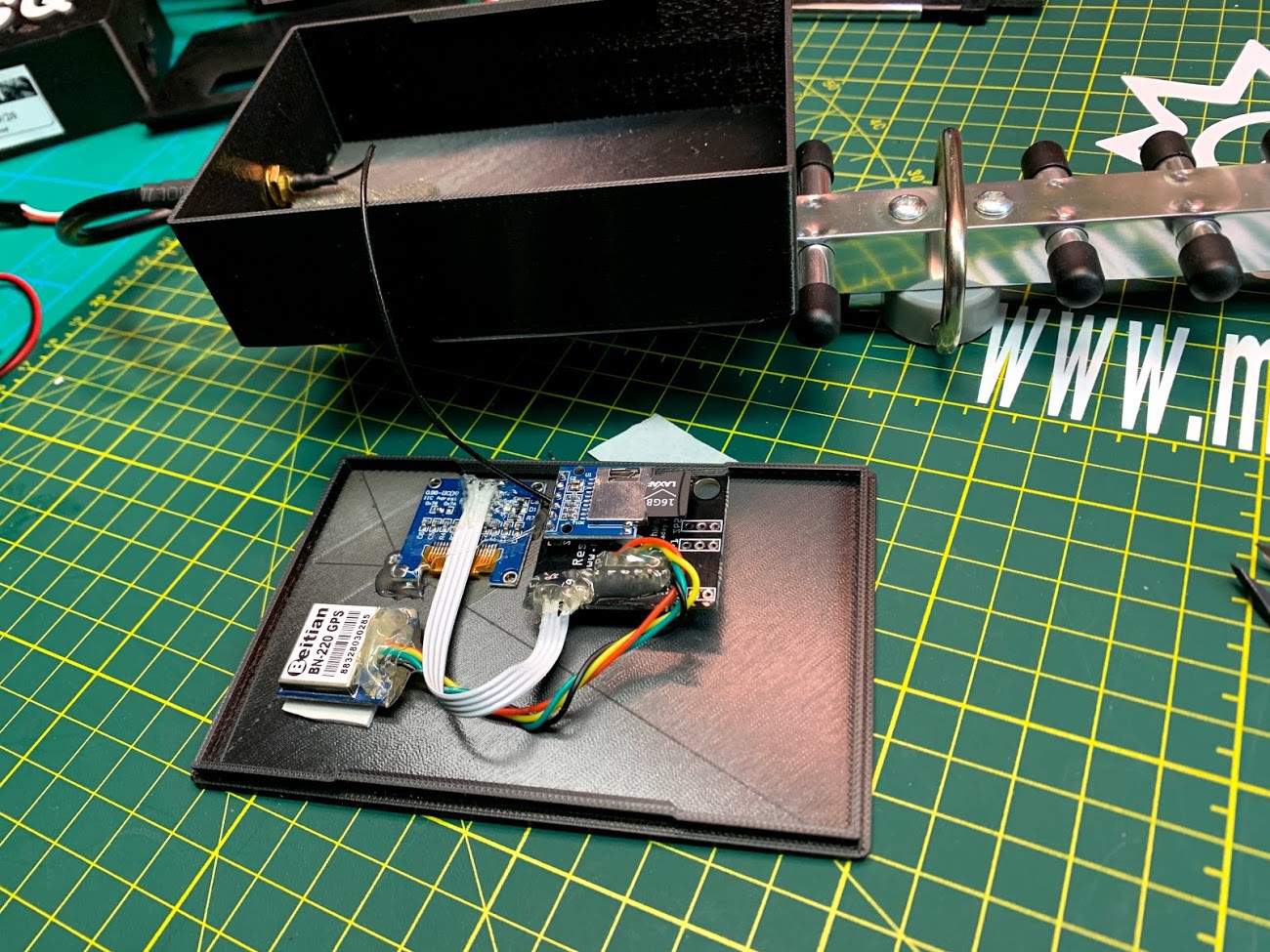
I fit everything on the backside of the lid and added an Adafruit PowerBoost500 for a battery supply and charging system. If I ever do a production version I think I'd go with LiOn batteries for price and densisty. 2 18650s would likely power this thing for weeks :)
The enclosure is way bigger than it needs to be but I want to take this out in the field and beat it up for awhile before I shrink it.
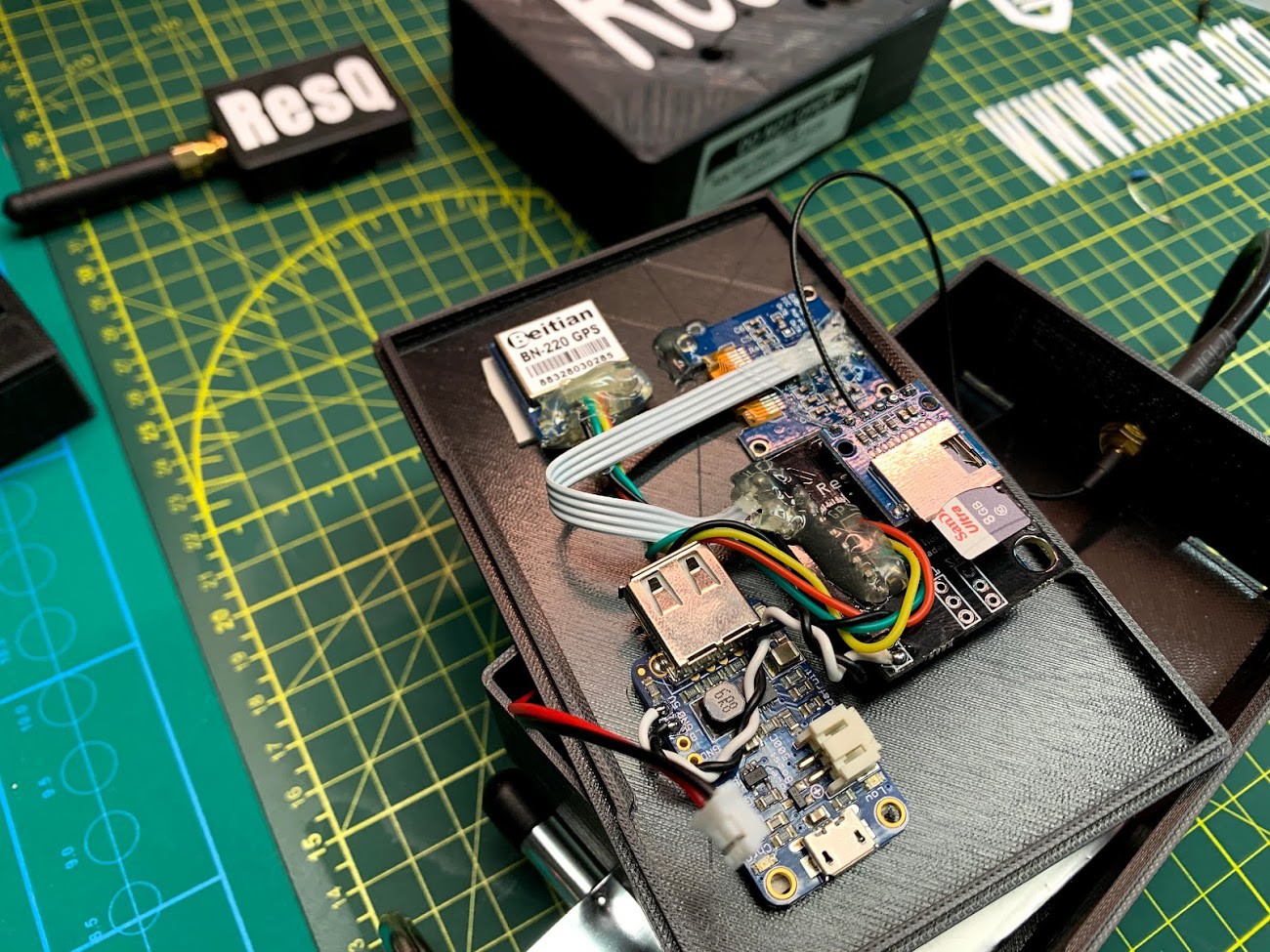
As of now- Both the air and ground units are doing what I intended very very well. This is definitely usable anywhere right now at a current BOM cost under $100 bucks.
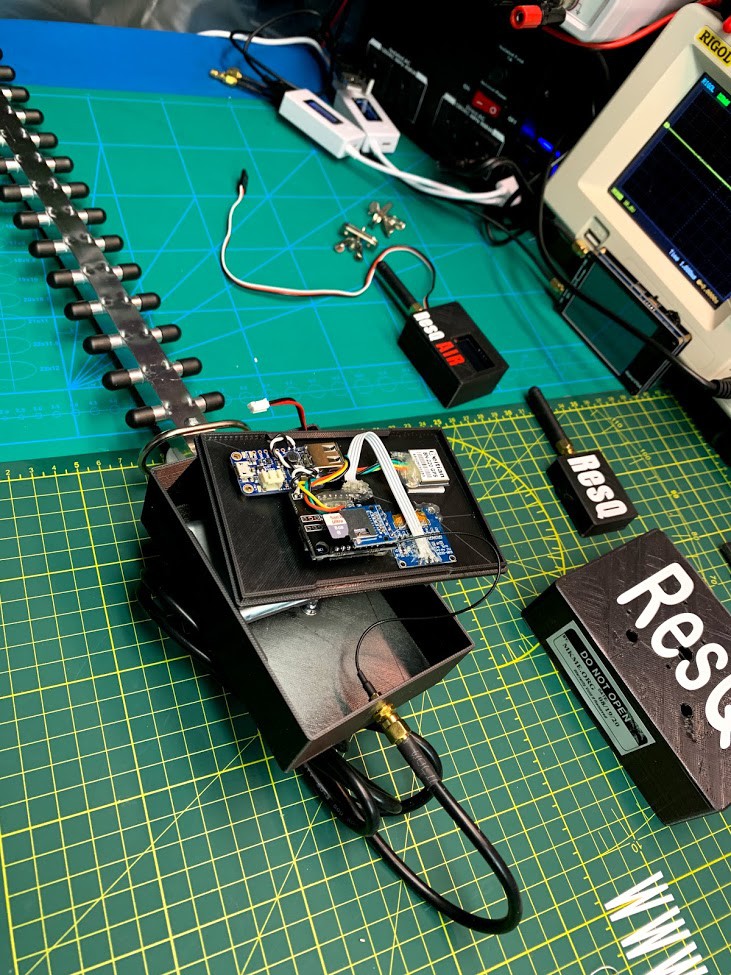
I weeen.
 Eric Wiiliam
Eric Wiiliam
Discussions
Become a Hackaday.io Member
Create an account to leave a comment. Already have an account? Log In.